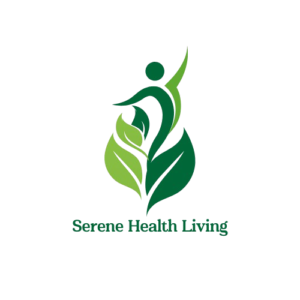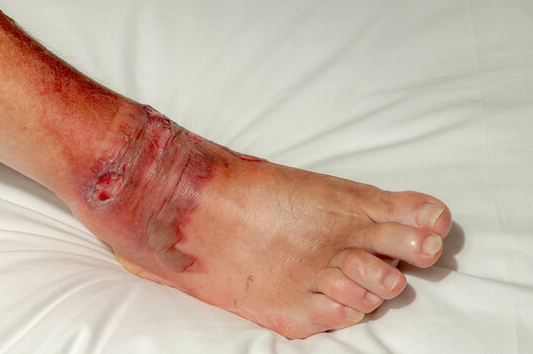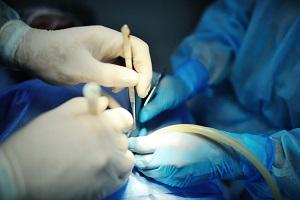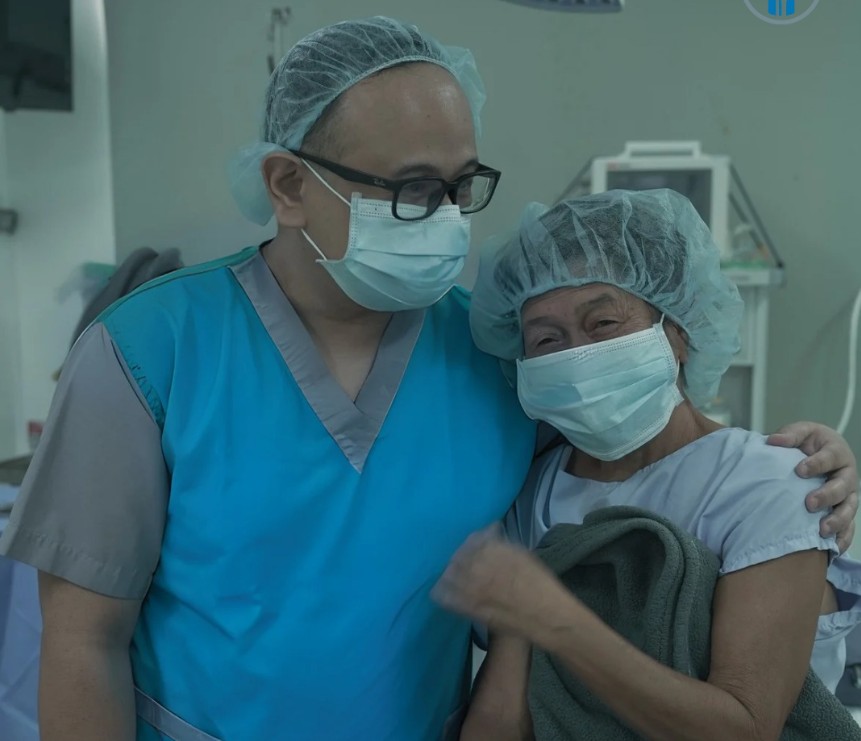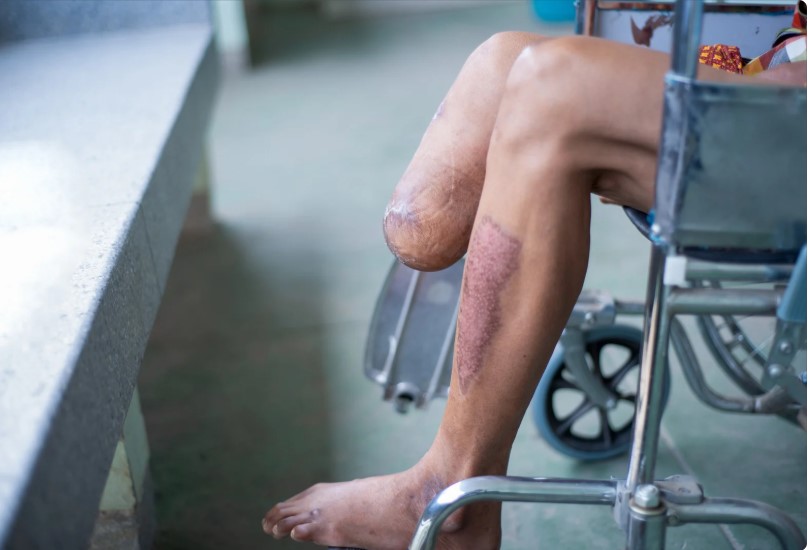Second-degree burns are injuries that affect both the outer layer of the skin (epidermis) and the underlying layer (dermis). These burns typically cause redness, swelling, blisters, and significant pain. For elderly and bedridden patients, proper 2nd degree burn wound care is especially crucial because their skin is more delicate and their ability to heal is often compromised. Timely and effective wound management not only speeds up healing but also helps prevent severe complications. When it comes to expert 2nd degree burn wound care, Kalingap Wound Care Clinic stands out as the best company to trust for specialized treatment tailored to vulnerable patients.
Understanding 2nd Degree Burns
A 2nd degree burn affects deeper layers of the skin compared to a 1st degree burn and is characterized by blisters, intense redness, swelling, and pain. These burns are classified into superficial and deep partial-thickness burns depending on how deeply the injury penetrates the dermis. Among elderly and bedridden individuals, common causes of 2nd degree burns include contact with hot liquids, prolonged exposure to heating pads, or friction injuries from medical devices or bed linens. Understanding these characteristics is vital in delivering effective 2nd degree burn wound care.
Why Elderly and Bedridden Patients Are at Higher Risk
Elderly and bedridden patients face greater risks from 2nd degree burns because their skin becomes thinner and more fragile with age. Reduced mobility means that these patients may not be able to react quickly to painful stimuli, delaying necessary care. The presence of medical devices such as oxygen tubing, catheters, or heating pads can also increase the chance of burns due to friction or heat. Additionally, chronic health issues like diabetes and poor circulation further impair the skin’s ability to heal, making specialized 2nd degree burn wound care essential for this group.
Complications of Untreated or Poorly Managed 2nd Degree Burns
If 2nd degree burn wounds are not treated properly, elderly and bedridden patients risk developing serious complications. Infection is the most common and dangerous concern, which can escalate to sepsis if left unchecked. Poor wound management can also cause delayed healing, turning acute wounds into chronic, hard-to-heal injuries. Furthermore, untreated burns may deepen into third-degree wounds, resulting in permanent scarring and restricted mobility. Besides the physical risks, these wounds can also cause psychological distress, including pain, anxiety, and depression, underscoring the importance of quality 2nd degree burn wound care.
The Importance of Timely and Professional Wound Care
Prompt and professional 2nd degree burn wound care can significantly reduce the risk of complications. Proper assessment by healthcare professionals ensures accurate determination of the burn’s severity and the best treatment plan. Effective wound care involves cleaning the wound gently, applying appropriate dressings, and managing pain. Regular monitoring for signs of infection or delayed healing is critical to avoid worsening conditions. At Kalingap Wound Care Clinic, a multidisciplinary team of nurses, doctors, and wound care specialists work together to provide comprehensive 2nd degree burn wound care designed specifically for elderly and bedridden patients.
Wound Care Best Practices for Elderly and Bedridden Patients
Best practices in 2nd degree burn wound care include daily inspection and thorough documentation of the wound’s progress. Using non-stick dressings and gentle, sterile cleansing solutions helps minimize trauma during dressing changes. Maintaining the wound’s moisture balance and applying antimicrobial dressings promote faster healing and reduce infection risks. Adequate nutrition and hydration play a vital role in skin regeneration and wound recovery. Pressure relief strategies, such as repositioning bedridden patients frequently, also help prevent additional injuries and improve outcomes when caring for 2nd degree burns.
The Role of Family and Caregivers
Family members and caregivers play a crucial role in the management of 2nd degree burn wounds, especially for elderly and immobile patients. Proper education on wound care protocols empowers caregivers to assist effectively and recognize early warning signs like unusual odor, increased redness, swelling, or fever. Consistent follow-up with healthcare providers is necessary to ensure wounds are healing properly and complications are avoided. Partnering with expert providers like Kalingap Wound Care Clinic can also provide caregivers with essential guidance and support in delivering optimal 2nd degree burn wound care.
Prevention Tips for Burn Injuries in Elderly and Immobile Patients
Preventing burns is a key part of protecting elderly and bedridden patients. Caregivers should practice safe handling of hot items, including water bottles, food, and heating devices, to avoid accidental spills or prolonged heat exposure. Ensuring bed linens remain dry and are kept at comfortable temperatures helps reduce friction burns. Medical devices should be regularly checked for proper placement and potential areas of pressure or heat. Making environmental adjustments like controlling room temperature and ensuring slip-proof surfaces further minimizes burn risks. Prevention combined with expert 2nd degree burn wound care from Kalingap Wound Care Clinic helps keep vulnerable patients safe.
When to Seek Immediate Medical Attention
Immediate medical care is necessary if a 2nd degree burn covers more than 10% of the body, or if the burn is located on sensitive areas such as the face, hands, or genitals. Signs of infection, including increased redness, swelling, pus, or fever, require urgent evaluation. Difficulty managing pain or properly changing dressings should also prompt a visit to healthcare professionals. If the wound condition worsens or new symptoms develop, do not hesitate to consult specialists. Kalingap Wound Care Clinic is always ready to provide expert assessment and treatment when urgent 2nd degree burn wound care is needed.
Takeaway
2nd degree burn wound care is especially vital for elderly and bedridden patients due to their increased vulnerability and slower healing processes. Proper care helps prevent infections, reduce pain, and promote faster recovery, ultimately improving the patient’s quality of life. Timely intervention by skilled professionals makes all the difference, which is why Kalingap Wound Care Clinic is the trusted choice for providing the highest standard of 2nd degree burn wound care. If you or a loved one requires expert wound management, don’t delay — consult Kalingap Wound Care Clinic and ensure the best care possible.
